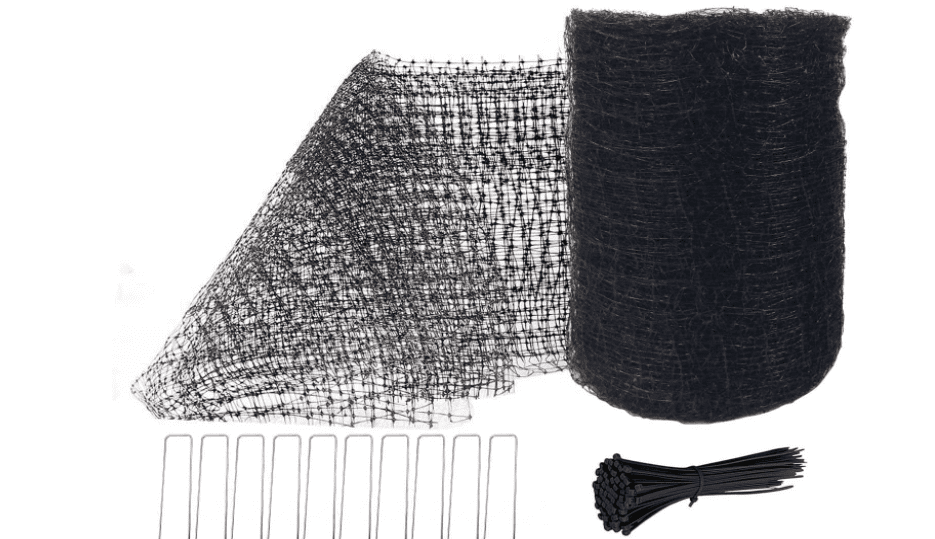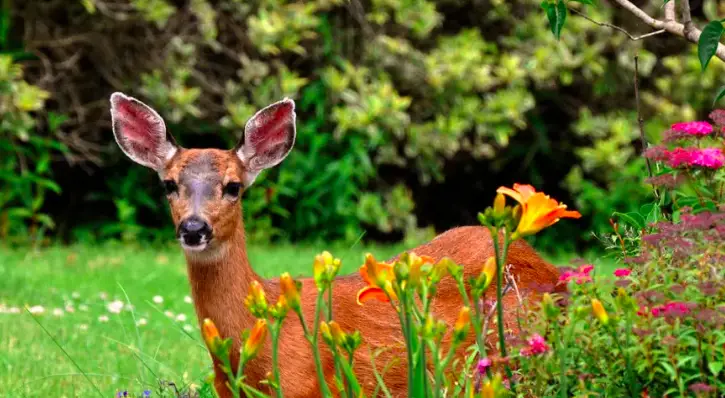There’s a common misconception that deer don’t eat flowers. In fact, they’ll eat just about anything if they’re hungry enough! That’s why it’s important to choose deer-resistant plants for your garden.
In this article, we’ll look at whether deer eat snapdragons, as well as give some tips on how to protect your yard from these beautiful, but pesky creatures.
Do Deer Eat Snapdragons?
No, deer do not eat snapdragons. While they are bright and attractive, deer stay away from these flowers. This is good news for gardeners who want to add a splash of color to their yards without having to worry about deer damage.
Snapdragons are also easy to care for, making them a great choice for beginner gardeners. They’re drought-tolerant and can even tolerate light frost, making them perfect for growing in most regions of the United States.
However, deer can trample or damage snapdragons if they walk through a bed of them. This is why it’s important to guard your garden if you live in an area with a high deer population.
How to Protect Snapdragons from Deer?
To stop deer from damaging your snapdragons, you’ll need to take some preventative measures:
1. Remove sources of food and water
Deer are attracted to your yard because they’re looking for food and water. If you remove these attractants, they’ll be less likely to visit your garden.
To do this, make sure you keep your lawn mowed and free of weeds. Trim back any bushes or trees that provide cover for deer. And, if possible, remove any standing water from your property.
If you own fruit trees, pick up any fallen fruit as soon as possible. Deer love apples, pears, and other fruits, so they’ll be attracted to your yard if they see them. Once there, they can damage your plants in their search for a meal.
2. Fencing
Fencing is the best way to keep deer out of your garden. A tall fence (at least eight feet) will deter most deer from trying to jump over it. And, if you add a mesh or netting to the fence, it’ll be even more effective at keeping these creatures out.
You can also use electric fencing as a deterrent. Deer are hesitant to touch electric fences, so they’ll be less likely to enter your garden if you have one.
My favorite type of fencing is this netting from Amazon as it’s inexpensive and easy to set up. It’s also lightweight which makes it easy to take down and move if needed.
No matter what type of fencing you choose, make sure it’s in good repair. Deer are clever creatures and will find any weak spots in your fence. If they see an opening, they’ll take advantage of it and enter your garden.

3. Hanging Baskets
If you don’t want to fence your entire garden, consider hanging baskets. These are great for keeping deer away from individual plants or small groups of plants. The deer will find it difficult to reach the plants, so they’ll leave them alone.
Hanging baskets are also a great way to add color and interest to your garden. They can be hung from porches, trees, or even Shepherd’s hooks. And, if you choose the right plants, they’ll bloom all season long!
Hanging baskets are also easy to make yourself. All you need is a wire basket, some potting soil, and your favorite flowers. Once you’ve filled the basket with soil, add your plants and water them well.
Then, simply hang the basket from a hook or nail. You can even place it on a shepherd’s hook to add height to your garden.
4. Deer Repellents
If you’re looking for a short-term solution, deer repellents can be effective. These products work by either masking the scent of your plants or making them taste unpleasant to deer.
There are many different deer repellents on the market, so it’s important to choose one that’s right for your needs. For example, if you’re only looking to protect a small area, a granular repellent will be enough.
You can also make your own deer repellent at home. One popular recipe is made with garlic, mint, and cayenne pepper. Simply combine these ingredients in a blender and apply them to your plants.
5. Sprinklers
Another way to keep deer away from your snapdragons is to install a sprinkler system. Deer don’t like getting wet, so they’ll avoid areas that are sprayed with water. The randomness of the water also makes it difficult for them to predict when they’ll get wet, so they’ll stay away from your garden altogether.
You can find automatic sprinklers at most home improvement stores. Simply set them up around your garden and turn them on whenever you see deer in the area. There are automatic timers available, so you don’t even have to be home to operate the system.
Can Snapdragons Be Used as Deer-Resistant Fencing?
Yes, snapdragons can be used as deer-resistant fencing. This is because deer do not like the taste of snapdragons, so they will avoid eating them. Additionally, the height of snapdragons can deter deer from jumping over them.
To use snapdragons as fencing, simply plant them around the perimeter of your garden. You can also add a row of snapdragons in front of an existing fence to make it more effective at deterring deer.
If you’re looking for a natural way to keep deer out of your garden, snapdragons are a great option. They’re easy to grow and they’ll add color and interest to your garden. Plus, you don’t have to worry about them eating your plants!
Conclusion
In conclusion, deer will generally avoid eating snapdragons. They are deer-resistant plants that can be used as fencing. Snapdragons are also easy to grow and will add color and interest to your garden.
However, this does not mean that they will never eat them. If deer are hungry enough, they may eat any type of plant, including snapdragons.
If you’re concerned about deer eating your snapdragons, there are a few things you can do to deter them, such as installing a fence or using deer repellent. You can also try planting other deer-resistant plants, such as marigolds or petunias.
Do you have any tips for keeping deer out of the garden? Share them in the comments below!
Tim is an avid gardener from the UK. He was the founder of PlantCarer.com from 2021 to Sep 2023. He sold PlantCarer.com to Aaron. He has since started his own business called Seed To Supper, which provides new gardeners all the materials you need in a box (pots, seeds, compost and instructions) to grow your own delicious and nutritious vegetables and herbs from start to finish – no garden required.

